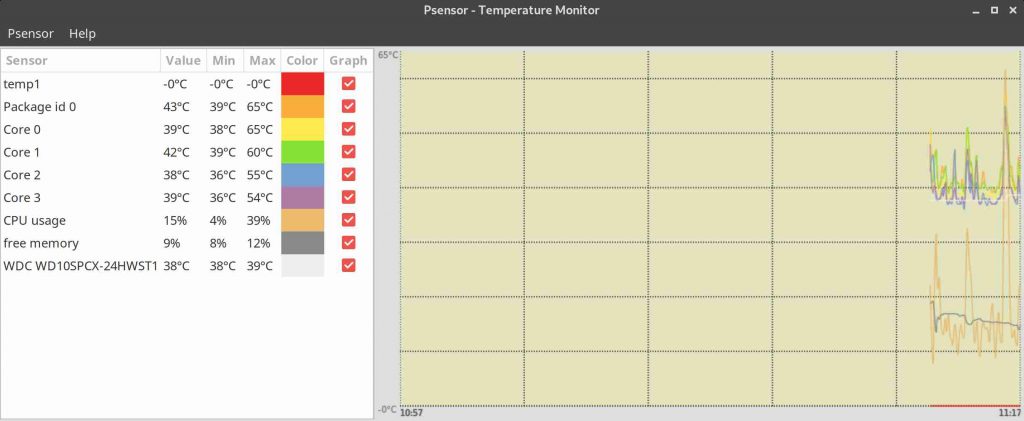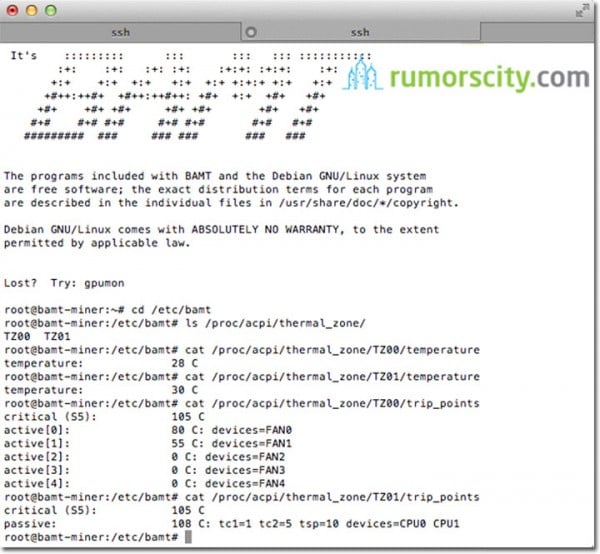
If you get several thermal zones and different temperatures, execute the following command to see what a single thermal zone represents:įor example, run cat /sys/class/thermal/thermal_zone0/type to see the type of thermal zone 0. The output shows the CPU temperature in the five-digit format. To check the CPU temperature without installing a third-party app, use the following command:Ĭat /sys/class/thermal/thermal_zone*/temp There is a way to use the in-built utilities to check the CPU temperature if you don’t want to use third-party apps. From now on, the hardware temperature will have no mysteries for you. You can configure the statistics of the sensors that you want to be displayed on the monitor, etc. You will see how it has a very simple and intuitive GUI. Once you have it open, you have no major problem. Once the app is installed, you can run it looking for it in the Dashboard or the applications menu of your GNU / Linux distribution. To install it, you just have to run these simple commands (depending on the distro and package manager you use): Indicator applet for Ubuntu (in the latest versions).It also shows the rotation speed of the fans.


In addition, it has the following functions: With it you can see the temperature of your hardware in a simple way. The program that I will show in this article is called sensor. If you want to try them, you are free to choose the one that satisfies you the most. I7z, TLP, and thermald are other alternatives to Hardinfo and Psensor, as well as lm_sensors.


 0 kommentar(er)
0 kommentar(er)
